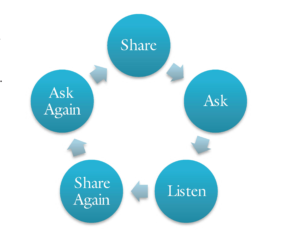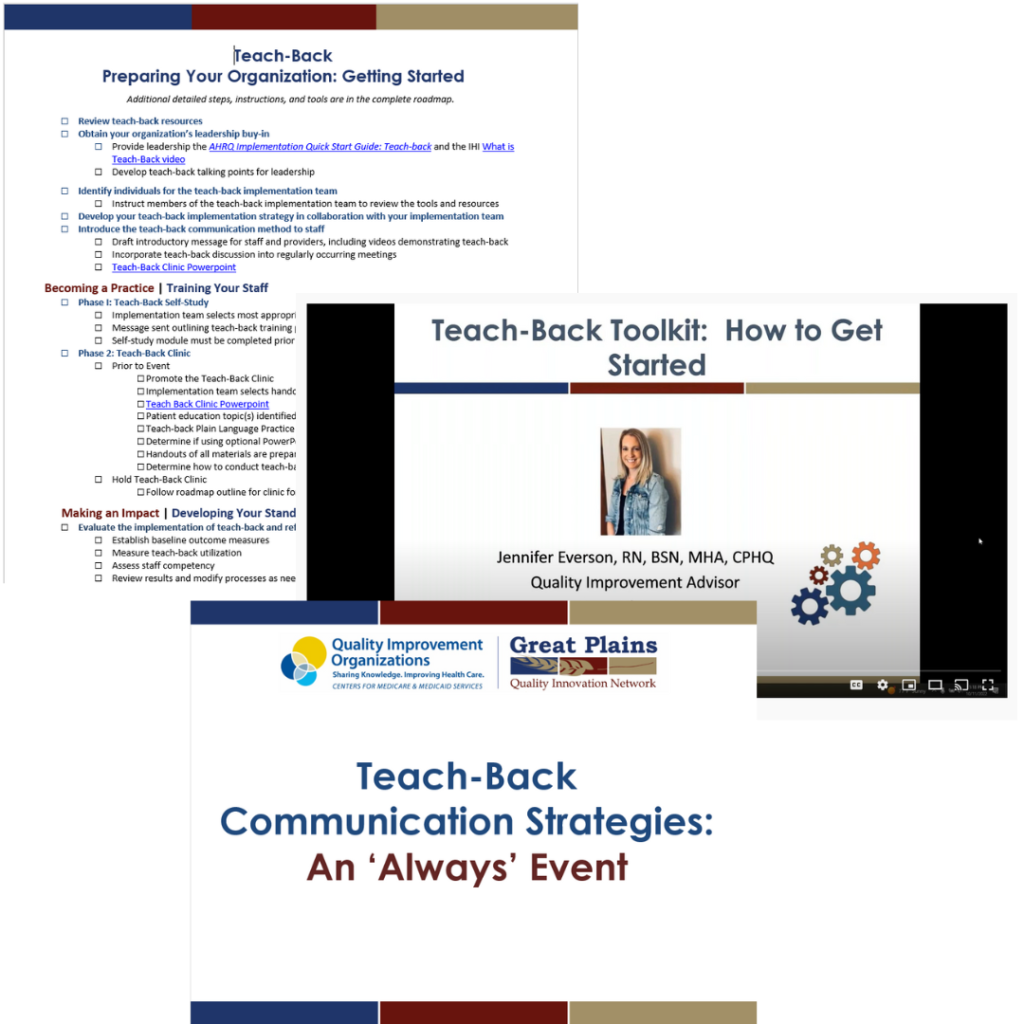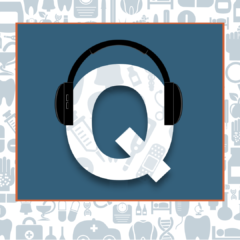
The Agency for Healthcare Research and Quality (AHRQ) reports that as much as 80 percent of the medical information patients receive during their office appointments is forgotten immediately, and nearly half of the information retained is incorrect.
Even those with strong literacy skills can still have limited health literacy when they aren’t familiar with medical terms, have to interpret data to make a care decision, are diagnosed with a serious illness and are scared or have complex conditions that require complicated self-care.
 A South Dakota healthcare leader recently shared this story of how miscommunication and lack of understanding led unnecessary pain and complications for his wife. His story is not uncommon and re-enforces the need to do better and not make assumptions in patient understanding.
A South Dakota healthcare leader recently shared this story of how miscommunication and lack of understanding led unnecessary pain and complications for his wife. His story is not uncommon and re-enforces the need to do better and not make assumptions in patient understanding.
“My wife and I are well informed and have a high degree of health literacy, but even then, when the teach-back method was not used, a major misunderstanding occurred. This led to extended pain, serious complications with more surgeries required and a much longer healing and recovery time, which we are still going through. Five minutes of good teach-back and communication explaining that “remove and change the dressing daily” really meant “just change the top bandage” would have saved hours of pain and suffering and thousands of dollars of care because of this error. Please take the five minutes and communicate using the teach- back method.”
As part of the care team, you have an important safety role in making sure your patients understand all the information they are given during their visit. With the teach-back technique, effective clinician-patient communication is assured because patients are asked to “teach back” what they have learned during their visit. They use their own words to explain what they need to know about their health or what they need to do to get better.
Below are several tips that will help you successfully use the Teach-Back Method with your patients:
- Use plain, simple and clear language
- Share information in small amounts and ask the patient to repeat what you’ve said each time
- If the patient doesn’t understand something you’ve said, use a different approach to explain it
- Use handouts or write down the information you’ve given and point out information you want to reinforce
- Encourage your patient to ask questions
Access the AHRQ SHARE Toolkit for tools and resources to implement the Teach-Back technique.
 “Regardless of a patient’s health literacy level, it is important that healthcare team members ensure their patients understand the information they have been given. The teach-back technique minimizes medical jargon and replaces it with plain language packaging with techniques of checking patients and residents understanding by having them state in their own words what they heard in your healthcare interaction with them. This technique can be used any time a healthcare team member interacts with patients and can be applied to diagnosis, treatment or medication,” shared Jennifer Everson, RN, BSN, MHA, CPHQ; Great Plains QIN Quality Improvement Advisor.
“Regardless of a patient’s health literacy level, it is important that healthcare team members ensure their patients understand the information they have been given. The teach-back technique minimizes medical jargon and replaces it with plain language packaging with techniques of checking patients and residents understanding by having them state in their own words what they heard in your healthcare interaction with them. This technique can be used any time a healthcare team member interacts with patients and can be applied to diagnosis, treatment or medication,” shared Jennifer Everson, RN, BSN, MHA, CPHQ; Great Plains QIN Quality Improvement Advisor.
 Great Plains QIN Teach-Back Toolkit
Great Plains QIN Teach-Back Toolkit
The Great Plains QIN team created a Teach-Back toolkit to assist in teach-back education and training for your team. Many of these documents can be modified to meet your needs. The toolkit includes the following:
Teach-Back Training Video (6 minute tutorial)
Teach-Back: ‘How to Get Started’ Presentation (to accompany video)
- Teach-Back Clinic Roadmap for Sustainability
- Teach-Back Clinic Training Checklist
- Teach-Back Poster
- Teach-Back Resource List
- Teach-Back Clinic Training Agenda Template
- Teach-Back Best Practice Worksheet – Plain Language
- Teach-Back Clinic – ‘How To Implement’ Presentation
- Teach-Back Clinic Completion Certificate

Listen to our Podcast – Q-Tips For Your Ears
Health Literacy: Improving health literacy is one way to advance health equity. Understand what health literacy is, who it affects and strategies that can be done to improve health literacy.
